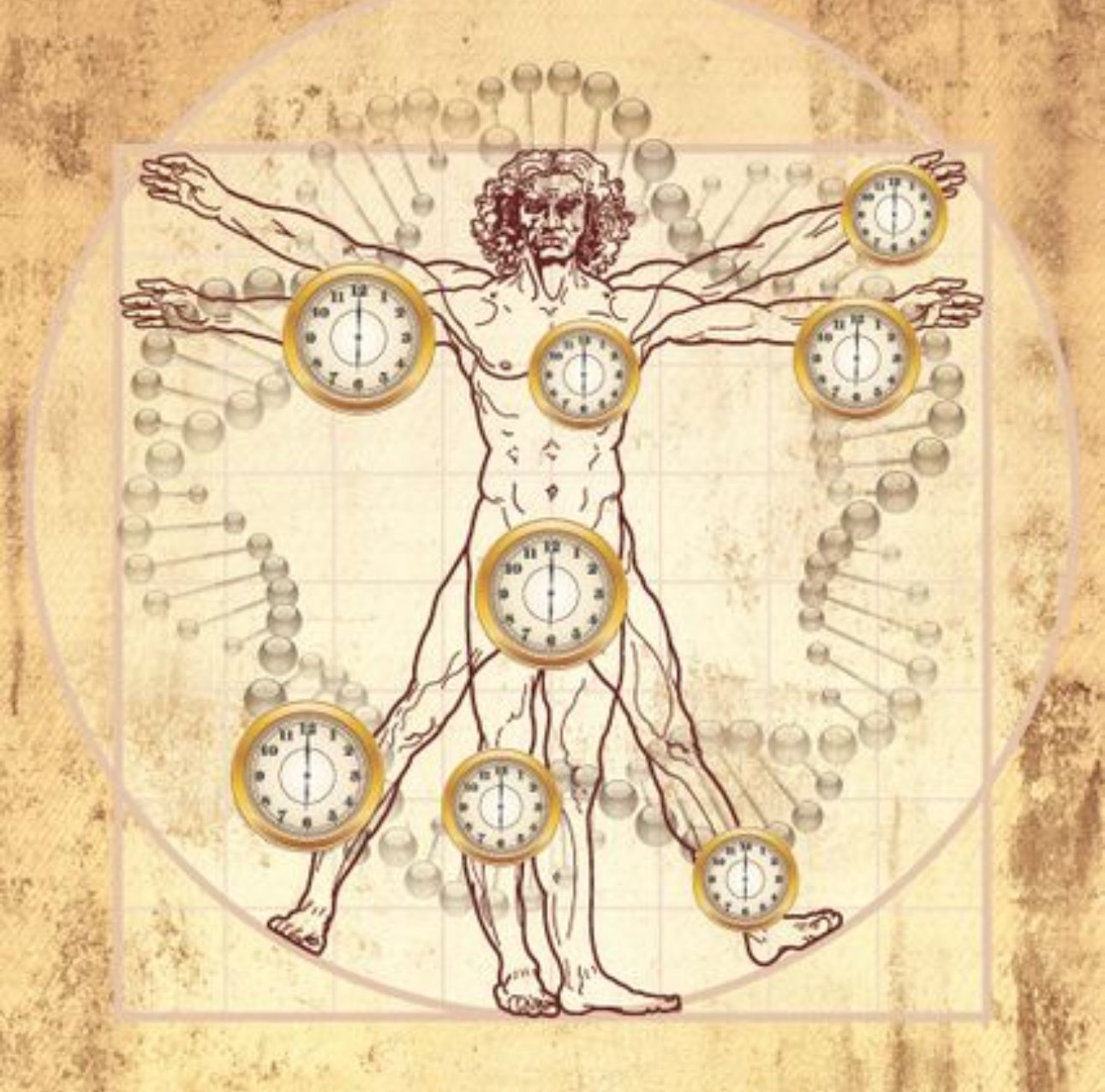Biological Ageing
As Science Continues to Find a Gold Standard to Measure Biological Ageing
The holy grail quest to accurately measure biological ageing—the true physiological state of our bodies as opposed to the simple passage of time—has become one of the most dynamic frontiers in modern science. As researchers unravel the complexities of ageing, the search for a gold standard to quantify biological age is reshaping our understanding of health, disease risk, and longevity.
Why Measure Biological Age?
Unlike chronological age, which simply counts the years since birth, biological age reflects how well (or poorly) our bodies are functioning. Two people of the same chronological age may have vastly different risks for age-related diseases, depending on their biological age. Accurate measurement could revolutionize preventive medicine, allowing for earlier interventions and personalized health strategies.
The Rise of Epigenetic Clocks
Among the most promising advances are epigenetic clocks—biomarkers that estimate biological age by analyzing patterns of DNA methylation at specific CpG sites. These chemical modifications to DNA are sensitive to environmental exposures, lifestyle, and disease, making them a dynamic record of ageing processes.
First-generation clocks (e.g., Hannum, Horvath) were designed to predict chronological age with high accuracy across tissues.
Second-generation clocks (e.g., PhenoAge, GrimAge, DunedinPACE) incorporate additional health-related variables and better predict disease risk and mortality, outperforming earlier versions in forecasting adverse health outcomes.
Population-specific clocks are emerging, such as those tailored for East Asian populations, which may offer improved predictive power for certain groups.
“Epigenetic clocks have been identified as the gold standard for the measurement of chronological clocks… They have emerged as a highly accurate molecular parallel of human and other vertebrates’ chronological age.”
Beyond a Single Number: Organ-Specific and Pathway-Based Clocks
Recent breakthroughs have moved beyond a single biological age estimate. Organ-specific clocks use biomarkers from blood or plasma to model the ageing of individual organs like the heart, brain, lungs, and kidneys. These clocks can reveal which organs are ageing faster, providing critical insights into disease susceptibility.
A novel approach, Ageome, maps the biological age of different cellular pathways and functions simultaneously. This multidimensional view recognizes that various systems in the body age at different rates, allowing for more targeted interventions and a deeper understanding of ageing mechanisms.
Other Methods and the Ongoing Debate
While epigenetic clocks are leading the field, other methods remain in use:
Telomere length: Shortening of telomeres, the protective ends of chromosomes, has long been associated with ageing, though its predictive power is limited by variability and environmental influences.
Composite biomarker panels: Methods like Klemera and Doubal’s, principal component analysis, and multiple regression combine multiple physiological and biochemical markers to estimate biological age.
Despite these advances, no universal gold standard exists. Each method has strengths and limitations, and results can vary depending on the choice of biomarkers, statistical models, and population studied.
The Road Ahead
The scientific community agrees: more research is needed to establish a universally accepted gold standard for measuring biological age. The future likely lies in integrating multiple approaches—combining epigenetic, proteomic, metabolic, and functional data—to capture the full complexity of human ageing.
As these tools become more refined and accessible, the promise of measuring and modulating biological age could transform medicine, helping us not only live longer, but healthier lives.
The pursuit of a gold standard for biological ageing continues, driven by rapid advances in biotechnology and data science. Each discovery brings us closer to unlocking the secrets of longevity and personalized health.
The “Horvath Clock” developed by Steve Horvath in 2013 was one of the first epigenetic clocks discovered using DNA methylation methodology to estimate Biological Age.
